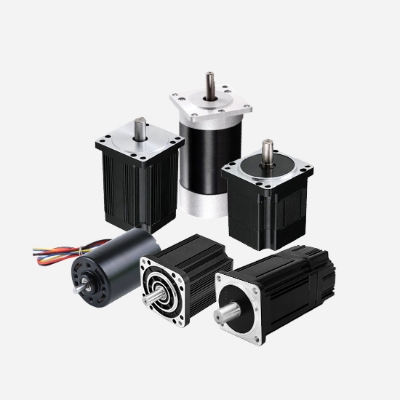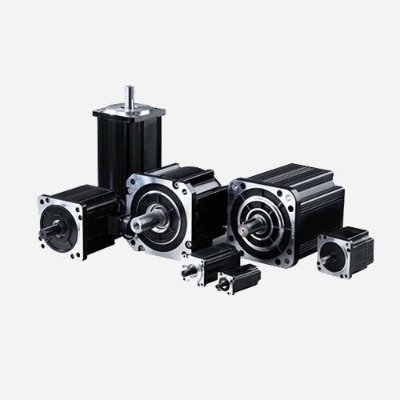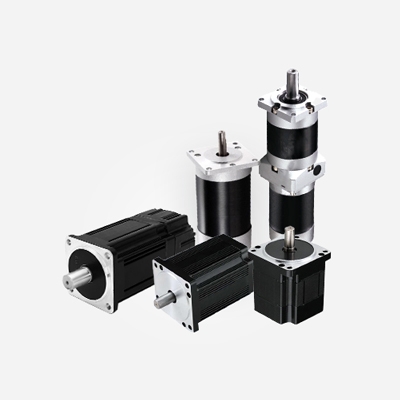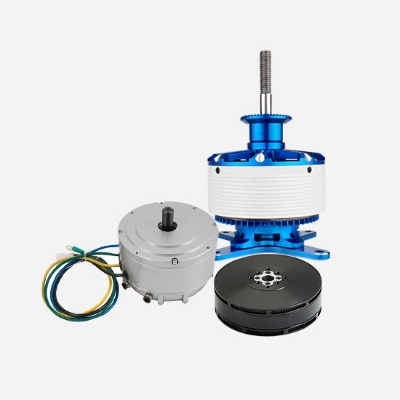200KV outrunner sensored BLDC motor for sale, torque 0.85N.m, max power 1 kW, max input voltage 12S (44 Volts). With an optional speed controller and D-axis pulley, the outrunner brushless motor is ideal for use with electric skateboards/longboards/mountainboards.
Specification
Model: BLDC-H5045
Max Power: 1150W (1.5 hp)
Rotation Speed KV (RPM/V): 200KV
Max Current: 32A
Max Input Voltage: DC 44V
Max Torque: 0.85 N.m
Recommend ESC: 3-12S 50A (FSESC4.20 50A)
Motor Length: 48.6mm
Motor Diameter: 49.5mm
Weight: 0.74 lb (0.34 kg)
No-Load Current: 0.4A
Internal Resistance: 0.11 Ohm
Shaft Diameter: 8mm
Shaft Length: 25mm
Motor Wire: 300mm silicone 16AWG wire with MT30 male connector
Wire Configuration: Blue = U, White = V, Yellow = W
Number of Poles: 14
Sensor Wire: Standard RC Sensor Wire HY2.0-5P connector
Shipping Package: BLDC-H5045 motor*1, free VESC sensor wire*1
Note: The motor is powered by 12S batteries, S is the number of batteries, and the voltage of every battery is 3.7V DC.
Dimensions (Unit: mm)

Details

ESC (Electronic Speed Controller) Selection for E-Board BLDC Motor
- The speed of the BLDC motor does not exceed the speed of ESC, it can be matched and used.
- Brushless DC motor speed calculation formula: battery voltage * motor KV value.
Brushless DC motor stator speed calculation formula: motor KV value * battery voltage * motor pole pairs.
- The limit speed of the V4 series ESC is 60000 ERPM.
The limit speed of the V6 series ESC is 15000 OERPM.
- If the maximum speed of the BLDC motor exceeds the speed of the electric speed controller, the ESC can also be matched by reducing the working voltage of the motor. But we do not recommend this, because it does not really play the role of a brushless DC motor.
ESC (Electronic Speed Controller) Specification
| Model |
Current Value |
Number of Batteries (Input Voltage) |
| FSESC 4.12 |
Continuous 50A, peak 240A |
3S-12S (8V-60V) |
| FSESC 4.20 |
Continuous 50A, peak 240A |
3S-12S (8V-60V) |
| VESC6.6 integrated switch dual drive version |
1-channel 100A continuous, 2-channel 200A continuous
1-channel peak 400A, 2-channel total peak 800A |
3S-12S (8V-60V) |
| VESC6.6 integrated switch dual drive version |
1-channel 100A continuous, 2-channel 200A continuous
1-channel peak 400A, 2-channel total peak 800A |
3S-12S (8V-60V) |
| FSESC6.7 VESC6.6 single drive integrated |
Continuous 70A, peak 200A |
3S-12S (8V-60V) |
| VESC4 dual drive integration * |
50A continuous 1-channel, peak 100A 2-channel, peak 300A 2-channel |
3S-12S (8V-60V) |
| ODESC3.6 single drive/dual drive |
50A continuous 1-channel, peak 120A 1-channel |
3S-12S (8V-60V) |
| VESC6 dual drive |
1-channel 100A continuous, 2-channel 200A continuous
1-channel peak 400A, 2-channel total peak 800A |
3S-12S (8V-60V) |
| Single drive V6 75200 |
Continuous 200A |
3S-12S (8V-60V) |
| Single drive VESC6 waterproof version |
Continuous 60A, peak 150A |
3S-12S (8V-60V) |
Note: The ESC model with * is the recommended controller for this page of motor, if you need other ESC models, please contact us..
Tips: Difference between external rotor motor and internal rotor motor
One advantage of an external rotor motor compared to an internal rotor motor is that the air gap surface is much larger. In other words, the surface area over which the electromagnetic field lines pass from the rotor to the stator is much larger.




